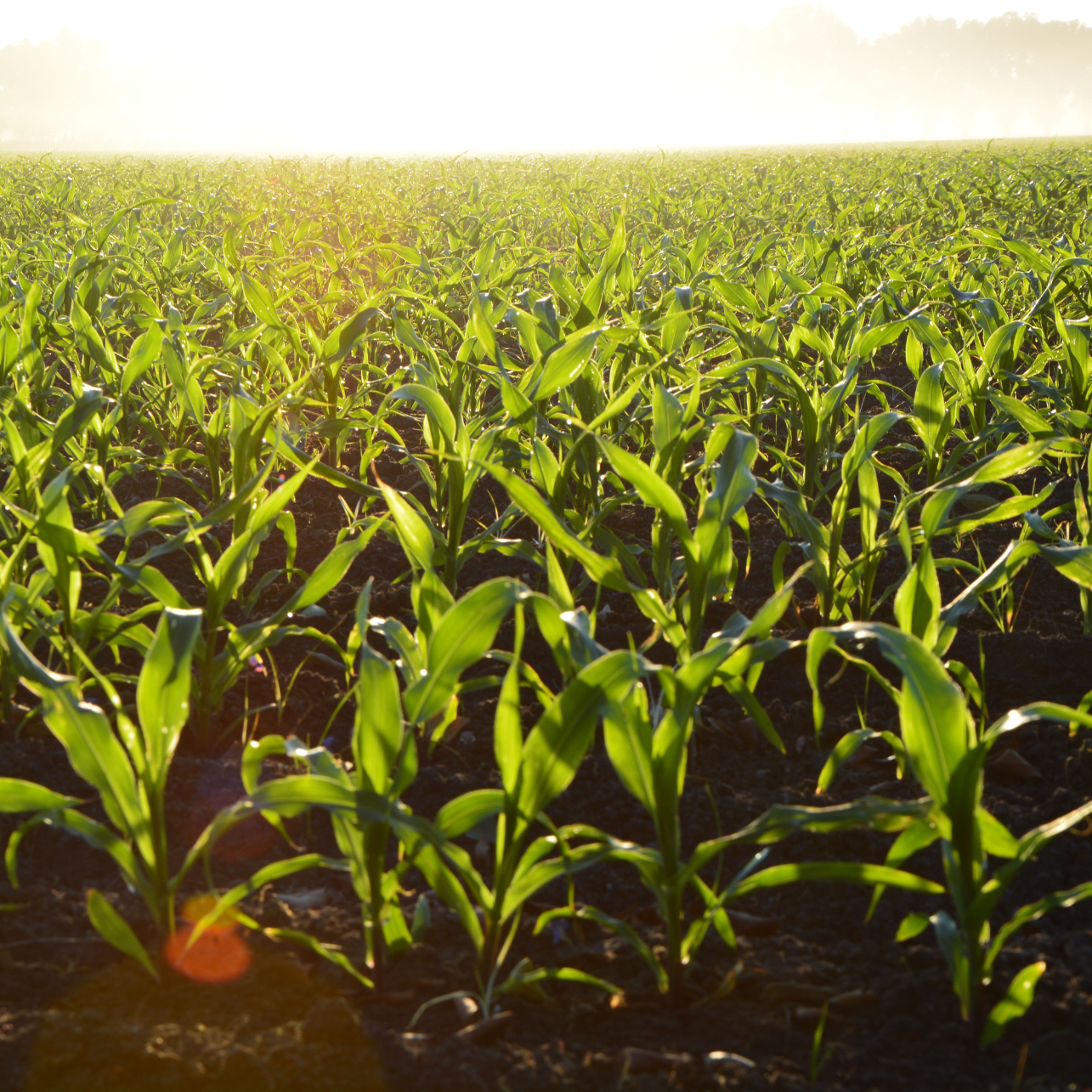Understanding Plant Nutrition: A Guide for Growers
In the world of agriculture, the importance of understanding plant nutrition cannot be overstated. The success of any farming operation hinges on the ability to provide crops with the right nutrients at the right time. While it may sound complex, plant nutrition can be understood and managed effectively by growers.
Plant Nutrition Basics for Growers
Plants, like humans, require a balanced diet to thrive. This diet, however, is made up of essential nutrients that serve different functions in plant growth. These nutrients are classified into two main categories: macronutrients and micronutrients.
Macronutrients vs. Micronutrients
Macronutrients are the primary elements that plants need in larger quantities. There are three essential macronutrients:
- Nitrogen (N): Nitrogen is vital for leafy green growth and overall plant development. It plays a crucial role in photosynthesis, enzyme production, and the formation of amino acids, which are the building blocks of proteins.
- Phosphorus (P): Phosphorus is essential for root development, flower and fruit formation, and energy transfer within the plant. It also aids in the conversion of sunlight into chemical energy.
- Potassium (K): Potassium helps plants regulate water uptake and maintain proper turgor pressure. It is involved in the synthesis of carbohydrates and overall stress tolerance.
Micronutrients, on the other hand, are needed in smaller quantities, but they are equally important for plant health. These include:
- Iron (Fe): Iron is essential for chlorophyll formation and photosynthesis. Iron deficiency can result in yellowing of leaves, known as chlorosis.
- Manganese (Mn): Manganese plays a role in enzyme activation, which is crucial for metabolic reactions in the plant.
- Zinc (Zn): Zinc is involved in the synthesis of auxins, which are plant hormones responsible for growth regulation. It also aids in seed formation.
- Boron (B): Boron is necessary for cell wall formation, pollen tube elongation, and overall reproductive development.
- Copper (Cu): Copper is vital for electron transport in photosynthesis and the formation of lignin in cell walls.
- Molybdenum (Mo): Molybdenum is involved in the conversion of nitrates into amino acids, making it crucial for nitrogen utilization.
Balancing Nutrient Supply
Achieving a balanced nutrient supply is the cornerstone of successful crop management. This balance is crucial because excess or deficiency of any nutrient can lead to various plant health issues.
Identifying Plant Symptoms Associated with Deficiency and Toxicity
Understanding how nutrient imbalances manifest in plants is vital for prompt intervention. Here are some common symptoms associated with nutrient deficiencies and toxicities:
Nitrogen (N):
- Deficiency: Yellowing (chlorosis) of older leaves, stunted growth.
- Toxicity: Dark green, lush foliage but reduced fruiting.
Phosphorus (P):
- Deficiency: Stunted growth, purple or reddish discoloration of leaves.
- Toxicity: Rare but can lead to reduced nutrient uptake of other elements.
Potassium (K):
- Deficiency: Marginal leaf scorch, reduced fruit quality, and increased susceptibility to diseases.
- Toxicity: Rare, but it can inhibit calcium uptake.
Micronutrients:
- Deficiency symptoms vary widely depending on the specific nutrient but often involve yellowing, malformed leaves, and reduced yield. Micronutrient toxicities are relatively uncommon but can result in similar symptoms to deficiencies.
Non-Nutrient Issues
Sometimes, plant symptoms may be confused with nutrient issues when they are, in fact, caused by other factors such as crop injury from fertilizer applications or poor drainage. Here’s how to differentiate between nutrient issues and non-nutrient problems:
- Fertilizer Burn: If a plant shows symptoms like leaf scorching, wilting, or even death shortly after a fertilizer application, it’s likely due to excess fertilizer salts, not nutrient deficiency.
- Poor Drainage: Waterlogged or overly dry soil can lead to root stress, causing symptoms similar to nutrient deficiencies. Check your soil’s moisture levels to rule this out.
- Pest and Disease Pressure: Some pests and diseases can mimic nutrient deficiency symptoms. Regular monitoring and proper pest management are essential for differentiation.
- Soil pH: Nutrient availability is strongly influenced by soil pH. Test your soil to ensure it falls within the optimal range for your crops.
Nutrient Diagnostics
In many cases, identifying nutrient issues visually may not be enough. Soil and tissue testing can provide more accurate information on nutrient status and guide your fertilization strategies. Here’s how to use these diagnostic tools:
- Soil Testing: Collect soil samples from different areas of your field, ensuring they are representative. A soil test will provide information on nutrient levels and pH, helping you tailor your fertilizer program to the specific needs of your soil.
- Tissue Testing: Tissue tests involve collecting and analyzing plant tissue to determine nutrient levels. This provides insights into the plant’s nutrient uptake and can help fine-tune your nutrient management.
- Fertigation: Implementing a fertigation system allows you to apply nutrients directly to the plants through irrigation. This method offers precise control of nutrient delivery based on real-time plant needs.
Successful Crop Production
Understanding nutrient functions in plants is a vital aspect of modern agriculture. As a grower, you can optimize your crop’s health and yield by ensuring a balanced nutrient supply, identifying nutrient-related symptoms, and distinguishing them from non-nutrient issues. By employing proper nutrient management and diagnostic tools, you can enhance your farming practices, leading to healthier, more productive crops and a more prosperous harvest. Remember, healthy plants are the foundation of a successful farming operation, and nutrient management is key to achieving that goal.




